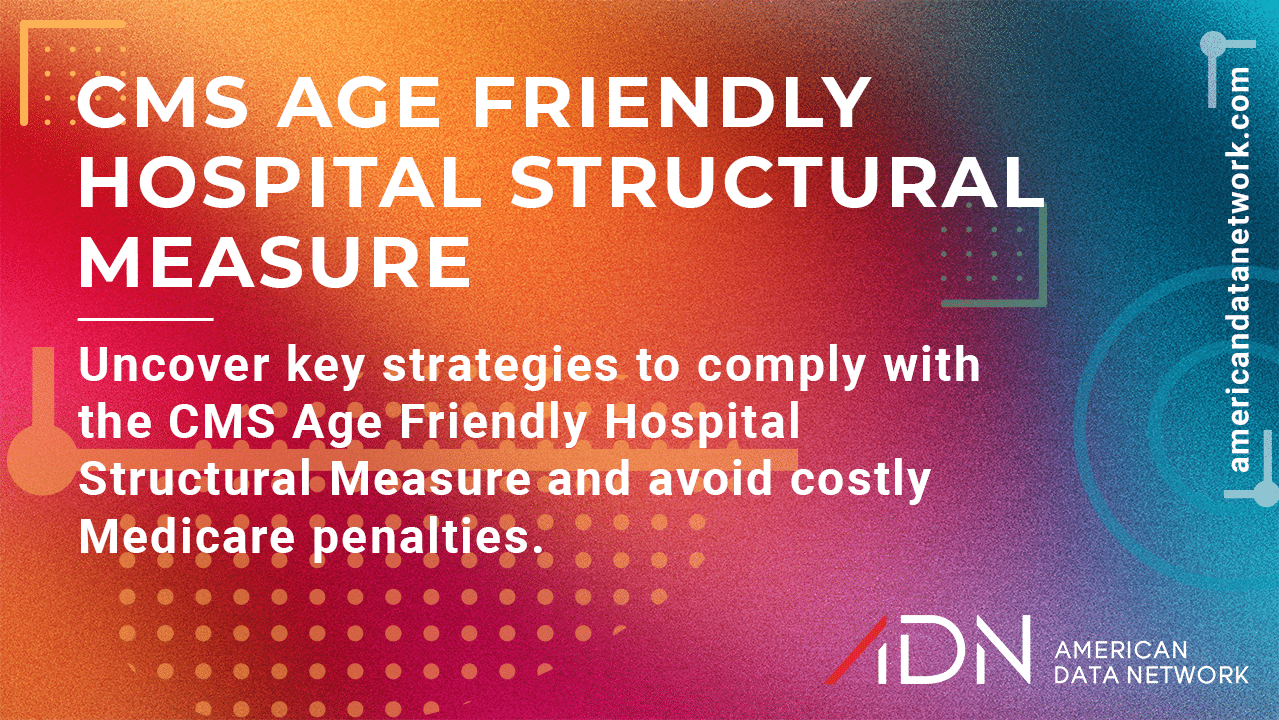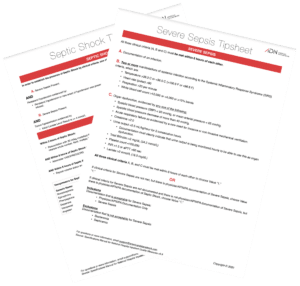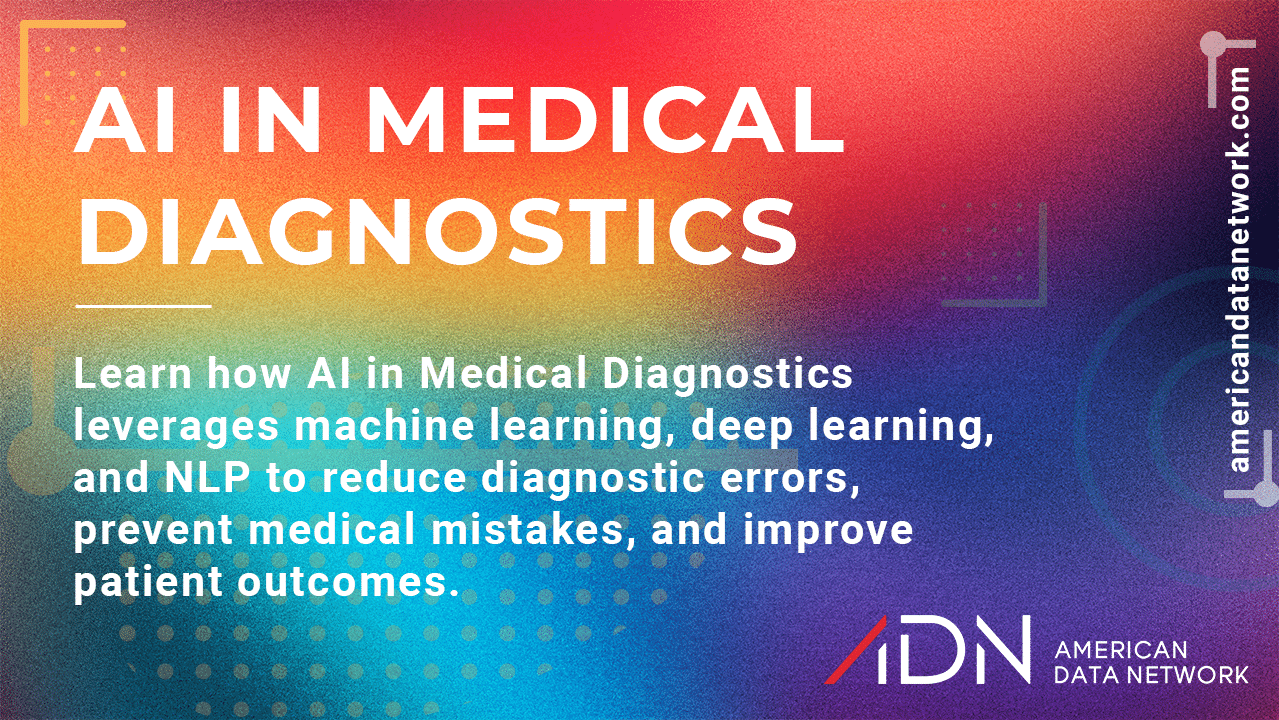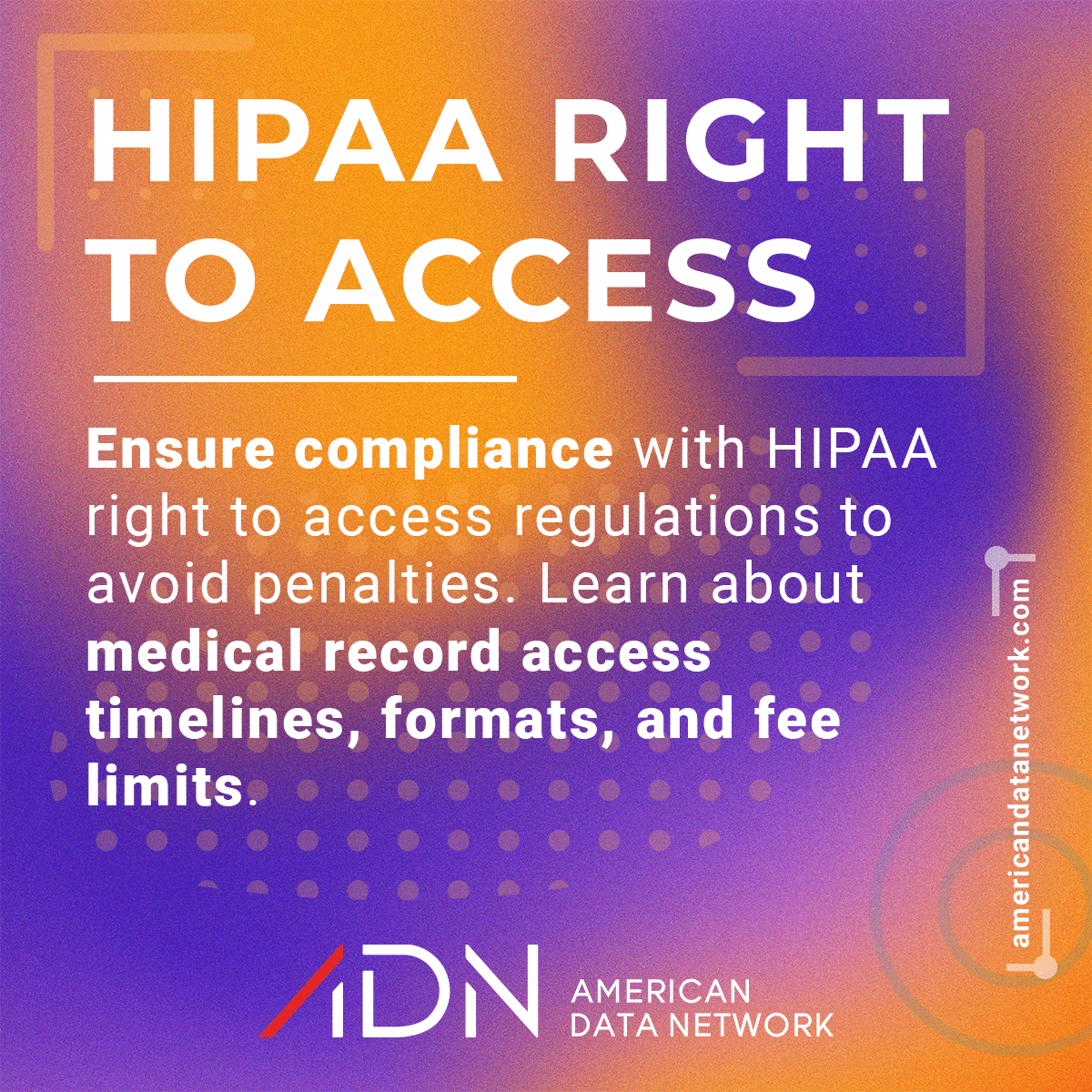Ultimate Guide to the Hospital Inpatient Quality Reporting Program
Mastering the Hospital Inpatient Quality Reporting (IQR) Program is essential for hospitals seeking full Medicare reimbursement and compliance with CMS regulations. This guide breaks down new FY 2025 updates impacting FY 2027 payments, including mandatory structural measures, claims-based outcomes, quarterly reporting, and eCQM requirements—all in one place.
Table of Contents
Fiscal Year 2025 ushered in several notable changes to the Hospital Inpatient Quality Reporting Program, including a new mandatory Patient Reported Outcome-Based Performance Measure (PRO-PM), structural measures, and additional electronic clinical quality measures (eCQMs). Healthcare leaders must fully understand the CMS Hospital Inpatient Quality Reporting Program to meet compliance obligations and protect revenue.
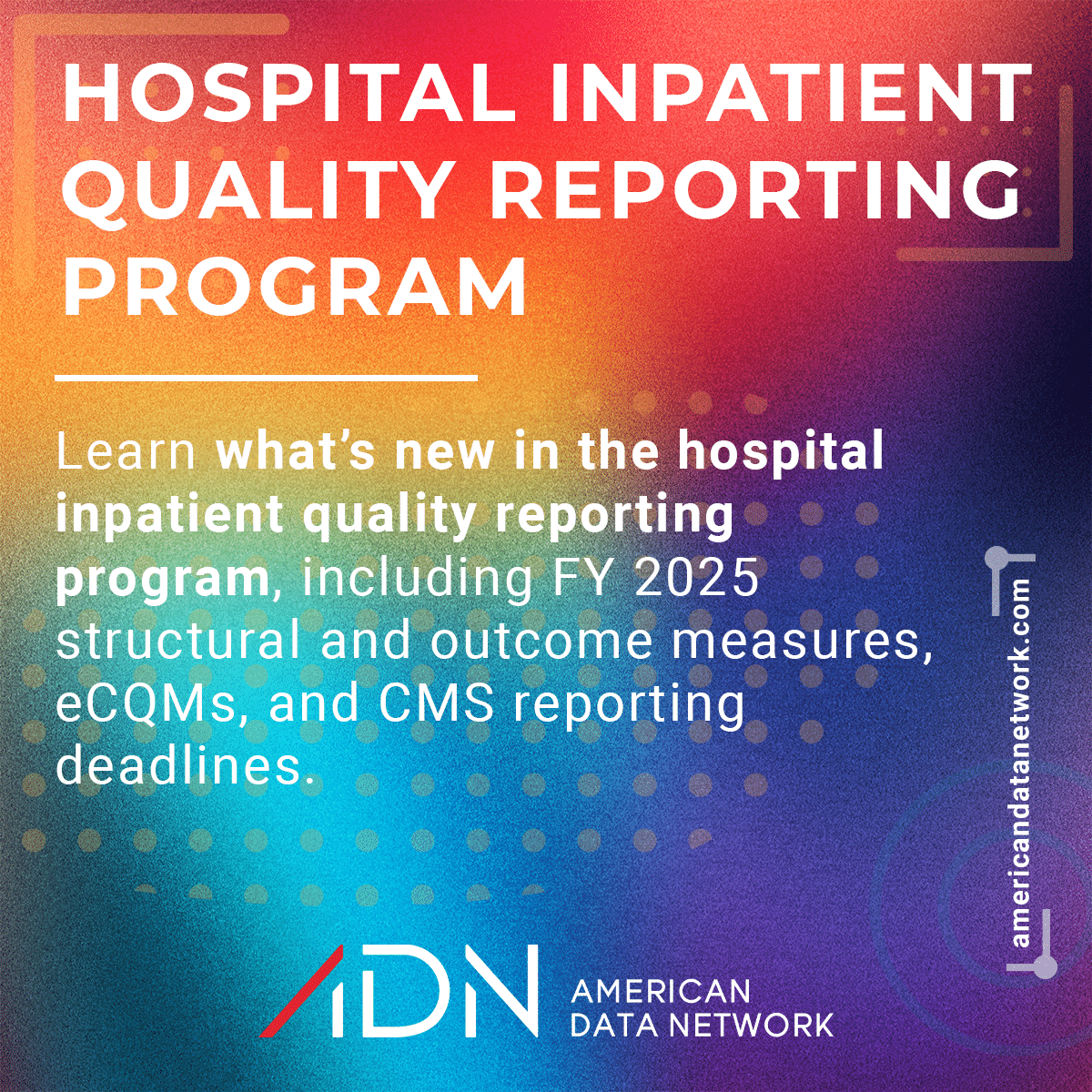
What Is the Hospital IQR Program?
The Hospital Inpatient Quality Reporting (IQR) Program is a pay-for-reporting initiative for acute care hospitals established through the Medicare Prescription Drug, Improvement, and Modernization Act (MMA) of 2003. Initially, the MMA penalized hospitals with a 0.4% reduction in their annual market basket update for failing to report on required performance metrics. This penalty was increased to 25% under the Affordable Care Act (ACA) of 2010 for noncompliance with hospital IQR program requirements.
FY 2027 Hospital IQR Program Requirements
Because the Hospital IQR Program applies a two-year delay between data collection and payment impact, changes implemented during FY 2025 will influence reimbursement in FY 2027. Hospital administrators should be well-versed in both quarterly and annual hospital inpatient quality reporting program measures.
The FY 2025 Program updates include the following updates, some of which are mandatory for reporting:
Mandatory Outcomes Measure
Mandatory Structural Measures
New Claims Measure
- Thirty-day Risk-Standardized Death Rate among Surgical Inpatients with Complications (FTR) Measure
Additional eCQMs Added
- Hospital Harm – Pressure Injury (PI)
- Hospital Harm – Acute Kidney Injury (AKI)
- Excessive Radiation Dose or Inadequate Image Quality for Diagnostic Computed EHR Tomography in Adults
Understand Quarterly and Annual Reporting Requirements
Due Quarterly
Hospitals must submit the following data each quarter for the CMS hospital IQR program measures:
- HCAHPS survey data
- Population and sampling for the SEP-1 measure (Severe Sepsis and Septic Shock Management Bundle)
- Clinical process of care measure (SEP-1)
- COVID-19 Vaccination Coverage Among Health Care Personnel measure
If selected, hospitals also are required to produce validation of medical records on a quarterly basis.
Hospital IQR Program FY 2027: Quarterly Dates and Deadlines
| Discharge Quarter | Reporting Period | HCAHPS | Population and Sampling | Clinical and HCP COVID-19 |
|---|---|---|---|---|
| Q1 2025 | Jan. 1 to March 31 | July 2, 2025 | Aug. 5, 2025 | Aug. 18, 2025 |
| Q2 2025 | April 1 to June 30 | Oct. 1, 2025 | Nov. 3, 2025 | Nov. 17, 2025 |
| Q3 2025 | July 1 to Sept. 30 | Jan. 7, 2026 | Feb. 2, 2026 | Feb. 17, 2026 |
| Q4 2025 | Oct. 1 to Dec. 31 | April 7, 2026 | May 4, 2026 | May 18, 2026 |
Due Annually: Hospital IQR Requirements
- Data Accuracy and Completeness Acknowledgment (DACA)
- eCQMs (3 mandatory, 3 self-selected)
- Structural Measures (6 mandatory)
- Hybrid Measures (claims data only; voluntary for 2025 reporting period)
- Influenza Vaccination Coverage Among Healthcare Personnel administrative measure
Mandatory Structural Measures for the Hospital IQR Program
Hospitals must report the following six CMS hospital IQR program measures in 2025:
- Maternal Morbidity Structural Measure
- Hospital Commitment to Health Equity (HCHE)
- Screening for Social Drivers of Health (SDOH)
- Screen Positive Rate for Social Drivers of Health
- Age Friendly Hospital
- Patient Safety
Reporting period: Jan 1 – Dec 31, 2025
Submission window: Apr 1 – May 18, 2026
Hospitals are required to submit responses once annually. Responses for the Maternal Morbidity, HCHE, two SDOH measures and Age Friendly measure should go through a CMS-approved web-based tool within the HQR Secure Portal. Hospitals should submit the Patient Safety Structural Measure through the CDC’s National Healthcare Safety Network.
Hospitals that do not provide labor or delivery care must still submit a response, indicating “N/A.”
Incorporate Best Practices for Measures Reporting
- Hospitals are required to have a certified QualityNet Security Officials (SO). CMS administrators recommend that hospitals designate at least two QualityNet SOs to streamline Hospital IQR Program reporting.
- Note that blank fields do not fulfill a reporting requirement for population and sampling-based measures. Hospitals must submit a zero (0) even when there are no relevant discharges for a measure set.
- For hospitals that have five or fewer discharges per quarter related to a particular measure set, including both Medicare and non-Medicare patients), they are not required to report patient-level data for that quarter.
- CMS encourages hospitals to submit data at least 15 calendar days prior to the reporting deadline so there’s time to amend any discrepancies based on feedback reports.
CMS Hospital Inpatient Quality Reporting (IQR) Program Measures for the Fiscal Year (FY) 2027 Payment Update
| Measures Required to Meet Hospital IQR Program Annual Payment Update (APU) Requirements | |||
|---|---|---|---|
| Short Name | Measure Name | Date Source | Data Submission |
| FTR | Thirty-day Risk-Standardized Death Rate among Surgical Inpatients with Complications (FTR) Measure | Claims | Claims Warehouse |
| MORT-30-STK | Hospital 30-Day, All-Cause, Risk-Standardized Mortality (MORT) Rate Following Acute Ischemic Stroke (STK) | Claims | Claims Warehouse |
| COMP-HIP-KNEE | Hospital-Level Risk-Standardized Complication (COMP) Rate Following Primary Elective Total Hip Arthroplasty and/or Total Knee Arthroplasty | Claims | Claims Warehouse |
| AMI Excess Days | Excess Days in Acute Care after Hospitalization for Acute Myocardial Infarction (AMI) | Claims | Claims Warehouse |
| HF Excess Days | Excess Days in Acute Care after Hospitalization for Heart Failure (HF) | Claims | Claims Warehouse |
| PN Excess Days | Excess Days in Acute Care after Hospitalization for Pneumonia (PN) | Claims | Claims Warehouse |
| MSPB | Medicare Spending Per Beneficiary (MSPB) – Hospital | Claims | Claims Warehouse |
| HCAHPS | Hospital Consumer Assessment of Healthcare Providers and Systems Survey (HCAHPS) MANDATORY QUARTERLY | Patient Survey | HQR¹ System |
| THA/TKA PRO-PM | Hospital-Level Total Hip Arthroplasty (THA) and/or Total Knee Arthroplasty (TKA) Patient Reported Outcome-Based Performance Measure (PRO-PM) | Patient Survey and Claims | HQR System |
| Hybrid HWR* | Hybrid Hospital-Wide All-Cause Readmission Measure (HWR) | EHR² and Claims | HQR System |
| Hybrid HWM* | Hybrid Hospital-Wide All-Cause Risk Standardized Mortality Measure (HWM) | EHR and Claims | HQR System |
| HCP Influenza Vaccination | Influenza Vaccination Coverage Among Healthcare Personnel (HCP) MANDATORY | Administrative | NHSN³ |
| HCP COVID-19 Vaccination | COVID-19 Vaccination Coverage Among Health Care Personnel MANDATORY QUARTERLY | Administrative | NHSN |
| Patient Safety | Patient Safety Structural Measure MANDATORY | Administrative | NHSN |
| Maternal Morbidity | Maternal Morbidity Structural Measure MANDATORY | Administrative | HQR System |
| HCHE | Hospital Commitment to Health Equity (HCHE) MANDATORY | Administrative | HQR System |
| Age Friendly Hospital | Age Friendly Hospital MANDATORY | Administrative | HQR System |
| SDOH-1 | Screening for Social Drivers of Health (SDOH) MANDATORY | Medical Record | HQR System |
| SDOH-2 | Screen Positive Rate for Social Drivers of Health MANDATORY | Medical Record | HQR System |
| SEP-1 | Severe Sepsis and Septic Shock Management Bundle (Composite Measure) MANDATORY QUARTERLY | Medical Record | HQR System |
Table Footnotes:
1 Hospital Quality Reporting (HQR)
2 Electronic Health Record (EHR)
3 National Healthcare Safety Network (NHSN)
* Requirement includes claims-only data portion of the measure for the FY 2026 and 2027 payment determinations.
Mandatory eCQM Reporting Requirements for the Hospital IQR Program
Hospitals must submit six eCQMs annually—three CMS-mandated and three self-selected—from a menu of 15. All must be submitted using a certified EHR.
CMS-mandated eCQMs:
- Safe Use of Opioids – Concurrent Prescribing
- Cesarean Birth
- Severe Obstetric Complications
In total, the 2025 reporting period offers 15 possible eCQMs, leaving 12 additional measures that hospitals can choose to report. Of the 12 remaining, hospitals must elect to report three measures. Hospitals are required to use an EHR certified to report on all eCQMs in the measure set. Each quarterly reporting period must contain the same six eCQMs, remaining consistent throughout the course of the reporting year.
Hospitals can find additional resources about available eCQMs and measure specifications, including tools such as flow diagrams, at the Electronic Clinical Quality Improvement’s Hospital – Inpatient eCQMs page. To find current-year measure, the selected period should be 2025. Hospitals also can find full submission overview for eCQMs at the Hospital IQR Program eCQM page.
Reporting Deadline: March 2, 2026.
| Electronic Clinical Quality Measures (eCQMs) | |||
|---|---|---|---|
| Short Name | Measure Name | Date Source | Data Submission |
| Safe Use of Opioids | Safe Use of Opioids – Concurrent Prescribing MANDATORY | EHR | HQR System |
| PC-02 | Cesarean Birth MANDATORY | EHR | HQR System |
| PC-07 | Severe Obstetric Complications MANDATORY | EHR | HQR System |
| STK-02 | Discharged on Antithrombotic Therapy | EHR | HQR System |
| STK-03 | Anticoagulation Therapy for Atrial Fibrillation/Flutter | EHR | HQR System |
| STK-05 | Antithrombotic Therapy by the End of Hospital Day Two | EHR | HQR System |
| VTE-1 | Venous Thromboembolism (VTE) Prophylaxis | EHR | HQR System |
| VTE-2 | Intensive Care Unit Venous Thromboembolism Prophylaxis | EHR | HQR¹ System |
| HH-Hypo | Hospital Harm (HH) –Severe Hypoglycemia | EHR | HQR System |
| HH-Hyper | Hospital Harm – Severe Hyperglycemia | EHR | HQR System |
| HH-ORAE | Hospital Harm – Opioid Related Adverse Events (ORAE) | EHR | HQR System |
| HH-PI | Hospital Harm – Pressure Injury (PI) | EHR | HQR System |
| HH-AKI | Hospital Harm – Acute Kidney Injury (AKI) | EHR | HQR System |
| GMCS | Global Malnutrition Composite Score (GMCS) | EHR | HQR System |
| IP-ExRad | Excessive Radiation Dose or Inadequate Image Quality for Diagnostic Computed EHR Tomography in Adults | EHR | HQR System |
You may also like:
- Medical Chart Abstraction: A Complete Guide for Healthcare Teams
- Understanding the New CMS Patient Safety Structural Measures: A Comprehensive Guide for Quality and Patient Safety Leaders
- Guide to CMS Age Friendly Hospital Structural Measure
- Sepsis Protocol: How Hospitals Can Boost Outcomes and Track Core Elements



